New Discoveries of Prehistoric Nanshan Site in Mingxi County, Fujian Province
From:Chinese Archaeology NetWriter:Date:2018-01-26
From 2012 to 2017, Institute of Archaeology, Chinese Academy of Social Sciences in conjunction with Fujian Museum, Mingxi County Museum conducted an archaeological excavation to Prehistoric Nanshan Site in Mingxi County, Sanming City of Fujian Province. The main excavation was focused on the top of the mountain, as well as Cave No .4 and Cave No.3.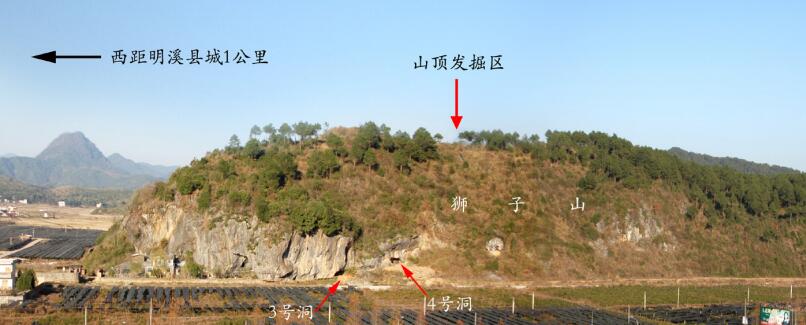
Distant View of the site
Major achievements
At the foot of Mount Nanshan, there were four caves (Numbered as Cave No.1 to Cave No.4) left. Through excavation, cultural accumulations were found in Cave No.3 and Cave No.4, with an excavation area of about 40 square meters. The thickness of the cultural accumulation in Cave No.3 was about 1.6 meters, and that of Cave No.4 was about 4 meters. At the top of the mountain, 400 square meters were excavated, and the cultural accumulation was about 1.5 meters’ thick.
According to the overlying stratum relationship and the assemblage, 5 cultural periods were divided, from 5800BP to 3500BP. Cultural deposits from the first to the third phases were distributed inside the caves, while the fourth and the fifth were mainly distributed at the mountaintop.
The first culture phase (5800-5300 BP), where archaeologists have found evidences of prehistoric human activity surfaces, fireplace as well as pottery shard, stone-tool, horn implement, animal bones and other cultural and natural relics.
The second culture phase (5300 to 4800BP), where archaeologists have found some evidences of prehistoric human activity surfaces, fireplaces. The activity surfaces was not in a regular shape, with about 5 meters’ long and 4 meters’ wide. The middle part was burnt soil and became hard, with a large amount of ash around. Assemblage included pottery shard, stone tools, bone tools and so on.
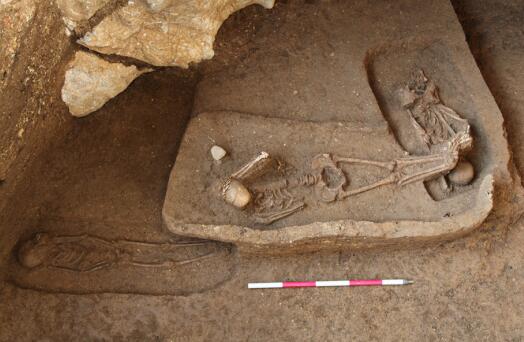
Tomb M3 M4 and M5
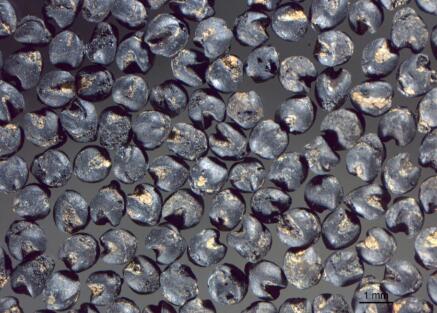
Carbonized foxtail millet (Setaria italica)
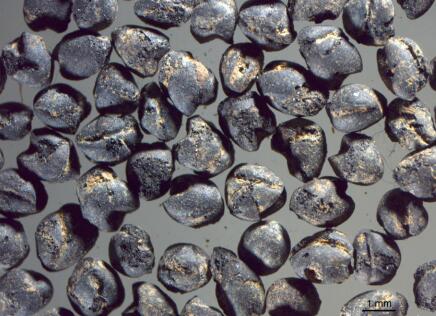
Carbonized broomcorn millet (Panicum miliaceum)
The fifth culture phase (4200 to 3500BP), where archaeologists have found ash pits, post holes and other remains, as well as a large amount of pottery shard, stone tool, bone tool and etc.
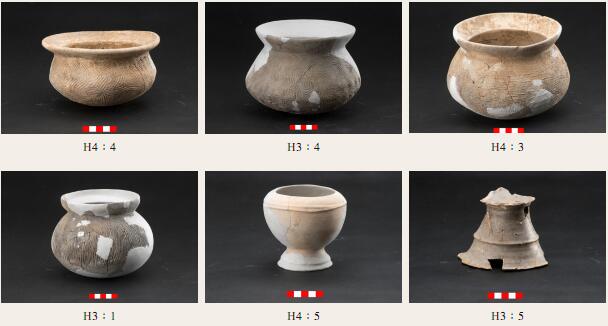
Potteries found in Nanshan site
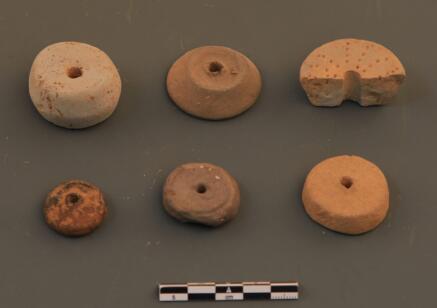
Spindle whorls
The fifth phase turned into the Bronze Age, the vessels’ types, shapes and patterns changed a lot, for example, a large number of black-glazed potteries, grey potteries with carved pattern, proto-celadon, color-glazed potteries and etc.
Academic Significance
The great archaeological achievements of Nanshan cave site had significance of constructing the archaeological and cultural sequence of the Neolithic in the northwest of Fujian province; it is the first cave-dwelling agrarian society ever found in China. The finding offers a new perspective for prehistoric study and discussing the origin of archaeological culture of the Bronze Age in Fujian area; it also had valuable materials for understanding important academic questions about the prehistoric human behavior model, subsistence pattern, human activities, population migration and communication; Fujian and Taiwan prehistoric cultural relationship; and the origin and diffusion of Austronesian. (Translator: Wang Jue Photo: Archaeology Press IA CASS)

